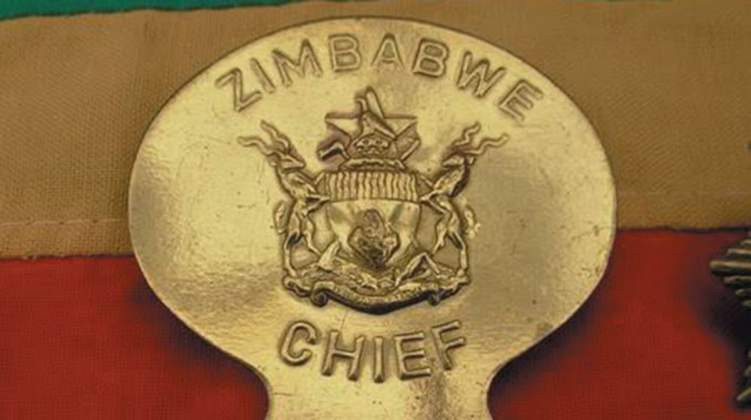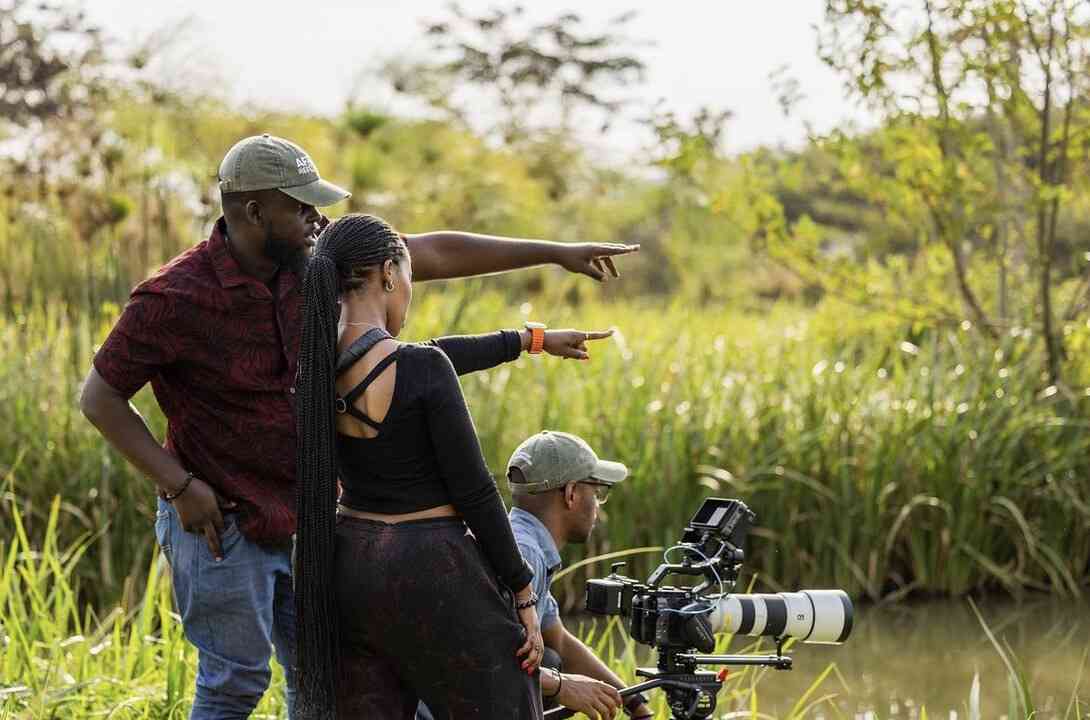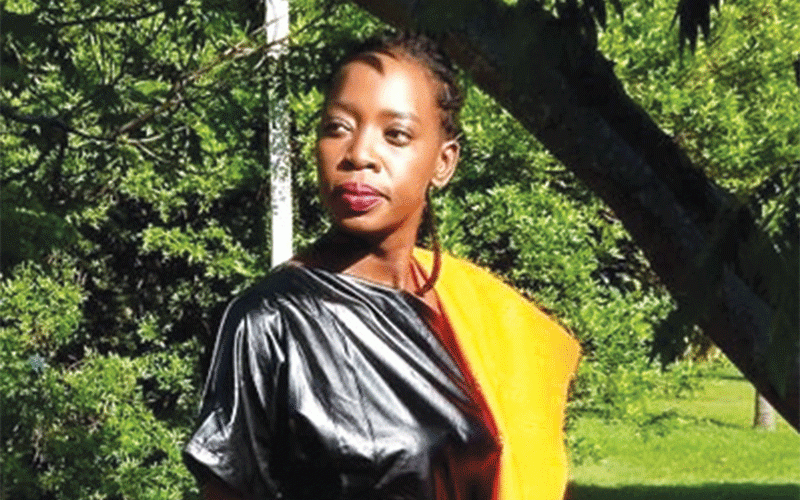
Between The Lines:Philip Chidavaenzi
Title: The Trek & Other Stories Author: Lawrence Hoba Publisher: Weaver Press (2010)
IT has been 10 or so years since Lawrence Hoba’s debut short story collection was published. The book appeared at the height of Zimbabwe’s controversial land reform programme, whose price for the haphazard nature in which it was carried out, the country is still paying today.
What was particularly exciting at the time was that the author was a young man born after Zimbabwe’s protracted liberation struggle of the 1970s, which ushered in political independence in 1980.
Though a debut publication, Hoba no stranger to the contemporary Zimbabwe literary canon, with some of his stories having appeared in newspapers such as the now defunct Mirror and various short story anthologies both in print and online.
However, it was the publication of his slim volume of short stories that consolidated his voice as a writer in his own right. Perhaps the collection’s major strength is that it sat right on the pulse of a nation battling to correct historical wrongs in land ownership patterns in a way that attracted contradictory perceptions.
A number of the stories here give multiple perspectives on this contentious issue, although they tend to easily lend themselves to the anti-land reform debate. In a highly-polarised nation where there is no middle ground, Hoba chose a viewpoint that posed many questions and gave us an opportunity to reflect on the pressing need for land reforms and the manner of implementation.
When all the propaganda and romanticism about reclaiming rich, productive ancestral lands died down, there was always going to be a need for a candid, honest review of the programme.
- Chamisa under fire over US$120K donation
- Mavhunga puts DeMbare into Chibuku quarterfinals
- Pension funds bet on Cabora Bassa oilfields
- Councils defy govt fire tender directive
Keep Reading
And The Trek & Other Stories did just that — it could well be one of the missing links in the body of literature in Zimbabwe that looked at the aftermath of the land reform programme at that time.
Over the past years, there have been countless land reform audits that, however, have remained locked up in some government offices, and their contents have remained shrouded in a veil of secrecy. Most of the stories in this collection — such as The Trek, Maria’s Independence and Having My Way — all explore the land resettlement saga in Zimbabwe, which has over the past 10 years dominated local and international media.
A close reading of the land resettlement discourse in Zimbabwe reveals the glaring absence of women, whose voices have been significantly annihilated. This is one anomaly that the first story, The First Trek – The Pioneers, somewhat addresses. In this story, the young narrator says, “mhamha’s hoe is worn from use, baba’s is still new and clean” (pp2) Ironically, at the gate of the farm there is a signpost that reads: Mr. B J Magugu, Black Commercial Farmer.
In addition, the story Maria’s Independence gives us an insight into the diversity of characters washed onto the farms by the political waves. I think this is a very important story as far as it rightly locates women within the issue of land reform. The land reclamations were not only about men, but some women have stood the test and managed to turn themselves into successful farmers regardless of societal perception of the woman as the weaker vessel, particularly within political discourse.
In The Second Trek — Going Home, Hoba’s focus is on the black farm worker who is caught in between the feuding white commercial farmer and the belligerent black peasant farmer fighting to occupy the commercial farm. The story further highlights that the commercial farm — previously occupied by the peasant farmers — is not necessarily a humanised space that is easily habitable. There are no social utilities such as schools and hospitals.
Furthermore, those farm workers that originated from countries such as Malawi remain trapped within the farm under new ownership because they can’t go back home. This is the dilemma that many farmers, who originated from other countries, face.
Two stories, A Dream & A Guitar and Tonde’s Return explore the ravages of the HIV and Aids pandemic which have wreaked havoc in many families and communities, especially in Africa.
Hoba has to be commended for coming up with a competent collection of stories that are a true reflection of Zimbabwe, and continue to speak to the land reform programme long after its completion.












